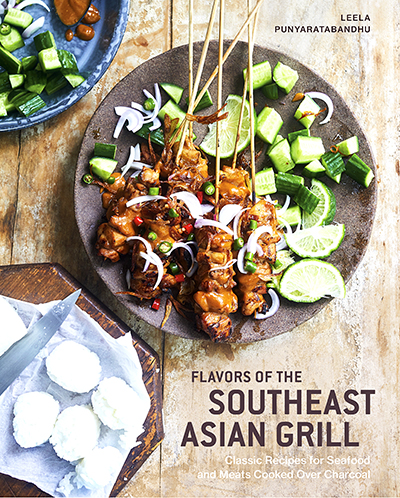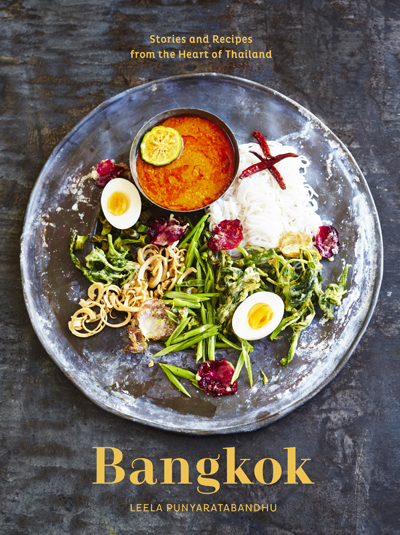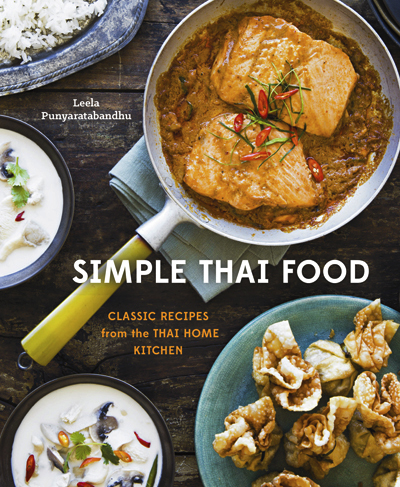
My recent rhapsody of a beet dessert and the chef who makes it may have led you to believe that I am a beet enthusiast. Though that is true, I have to admit – beets and I didn’t start off so hot.
Beets, or beetroots as we called them, and I were formally introduced when I was in grade school. I remember vividly how it happened. Mom just came back from a trip which she had taken with a group of her friends to the North of Thailand to visit various sites under the management of the Royal Project Foundation.[1]
The moment I heard her come in, I ran downstairs in excitement just to find dirt-covered roundish, dark crimson, strange-looking bunch of some never-before-seen plant life on the kitchen counter. Mom’s face beamed with delight and her voice got all animated, “Look! Isn’t this exciting? We got beetroots!”

Exciting? They didn’t even look like food to me.
To understand Mom’s excitement, you have to know that back then beets, being a cold climate produce, weren’t available at all in Thailand. They’re everywhere now. But back when I was a kid, it was practically unknown.
And this was one of the reasons my mom loved visiting the Royal Project orchards and farms: she got to bring home fruits and vegetables which we didn’t normally find at the supermarket. Problem was, we didn’t always know what to do with some of these things.
We didn’t waste too much time trying to figure out how to cook the darned things, though. Mom happened to be going through a phase wherein she prepared everything in her new sandwich maker — you know, the kind that simultaneously bakes and diagonally cuts your square sandwich in half. A lot of what my little brother and I ate back then were triangular, even things that should not have been triangular. Basically, if it fit into the sandwich maker, my mom made sure that was where it went.
As Mom stared at the fresh beetroots innocently lying at her mercy, I knew exactly what diabolical plan she was devising.
We could have grated up the fresh beets and make a salad out of it. We could, of course, have consulted one of the American cookbooks we’d bought from the various yard sales for ways to prepare this unfamiliar vegetable. But did we? No. We didn’t have to.
Since beets happened to fall into the it-fits-in-the-sandwich-maker category, their fate had already been predetermined. Attempting to turn the beets into savory sandwich filling, Mom peeled and julienned them up. I watched in horror as Mom sautéed the beets in a skillet with some butter and seasonings. She joyfully whistled her kitchen tune, “My Favorite Things” from the Sound of Music as she went. Standing there with beet juice dripping, trailing, and spattering everywhere I looked, My Favorite Things, at that very moment, sounded to me like Mozart’s Requiem Mass.
The grilled beet sandwiches were atrocious. We looked at each other and agreed those beets died in vain. Just as we tried to figure out what to do with a huge bowl of sautéed beets, we noticed Tofu, our mutt, was longingly eyeing the failed sandwich filling. I gave him a little bite and he gleefully ate it up, panting with anticipation. We ended up giving him the entire bowl.
So that’s how I stayed away from beets until I rediscovered them a few years ago in, of all places, Ukraine. In a cafeteria somewhere by the Dnieper river, I took a bite of beet salad thinking it was something else. To my surprise, I found it to be utterly delicious. That moment, beets and I reconciled.
The funny thing is, on the day I had beets for the first time (and was convinced it would be the last), I looked at Tofu gobbling up the disgusting beet filling and said to my mother, “Mom, only dogs would like stuff like that.”
Uh. Woof.
Beet Ice Cream
Recipe courtesy of Chef Patrick Fahy
Blackbird Restaurant, Chicago
Printable Version
5-6 medium beets, peeled and cubed
438 g heavy cream
750 g whole milk
250 g granulated sugar
4 g salt
30 g nonfat milk powder
325 g egg yolks
Juice the beets until you get about one cup of beet juice; set aside the pulp. (If you don’t have a juicer, blend the beets in a blender with just enough water to get the blades going; strain and save the pulp.) Let the juice simmer in a shallow pot over medium-low heat until it reduces to approximately 1/4 cup. Strain the beet juice reduction and set aside.
Meanwhile, gently heat the cream, milk, and sugar in a large heavy-bottomed pot. Add the beet pulp to the cream and continue to heat the cream mixture for 30 minutes, stirring occasionally.
Put the egg yolks in a large mixing bowl and place it close to the cream mixture. Quickly whisk in 3-4 ladles of the hot cream mixture into the egg yolk to bring the temperature of the yolks closer to that of the cream. Pour the tempered yolk mixture back into the cream pot and continue to heat, whisking occasionally, until the temperature falls between 70 °C (156 °F) and 85 °C (185 °F).
Take the ice cream base off the heat and strain.
Since some of the liquid evaporates during heating, you need to add more milk to restore the original weight of 1.763 kilograms (1.438 g of cream-milk-sugar mixture + 325 g yolks). Once that is done, add the milk powder and salt to the ice cream base and mix well. Whisk in the strained beet juice reduction. Strain the mixture once more, if necessary. Then leave the mixture to cool in an ice bath.
Churn the ice cream base in an ice cream maker according to manufacturer’s instructions. Freeze.
This recipe yields approximately 3 quarts of ice cream.
[1] The idea of the Royal Project Foundation originated from King Bhumibol of Thailand. It was part of His Majesty’s initiatives to help the tribal minorities around the area in northern Thailand to abandon the practice of opium farming which was detrimental to forest soil, forest ecology, wildlife, and water resources. These minority highland dwellers have been trained to grow crops suitable for the cold climate in which they live. In collaboration with the Thai government as well as both public and private agencies, the RPF has been operating since 1969.














